This episode was a tale of two very different halves, but I loved them both. The first was a restrained catchup session that softened the blow of a six year time skip, updating us on the status of Shigemori’s family with impeccably lit shoreline scenes and dashes of humor. The second was a deathly recital of plot points from the Tale of the Heike’s first two chapters, full of violence and conspiracy. There was a lot of information to swallow in the last twelve minutes, but they were also packed with magnificent fires, shots of vindictive lords and urgent running animation, creating the impression of a visual accompaniment for a series of narrative poems (which I suppose they were). This show is seriously on another level where its direction is concerned – but we’ll get to that shortly. First let’s back up and situate ourselves in Heike Monogatari’s expansive story.
Over half a decade has passed since the previous episode. Sukemori has returned from Ise and rejoined his brothers at their father’s estate. Tokuko and now-Emperor Takakura (formerly named Naruhito) have failed to produce an heir for six years – a result for which she is privately thankful, knowing how difficult the child’s life would be in such a politically turbulent era. Former Emperor Go-Shirakawa’s wife passed away last summer, leaving him with naught but scheming men for counsel. Things have changed for every member of Heike Monogatari’s expansive cast. Every member except one: Biwa remains a child, not having grown an inch since we saw her last, a fact upon which Tokuko remarks when they meet in this episode. Why hasn’t she grown? I don’t believe a literal explanation is required, since Biwa’s clairvoyance has already marked her as a supernatural figure, but as for a more general reason, I think she and the albino lute priest from the series’ poetic cutaways are one and the same. Biwa’s ability to witness the future must mean that she exists outside of time somehow (which syncs visually with the black backgrounds in those poetry scenes), a state that Yamada has chosen to represent with agelessness. Assuming I’m on the money here, I look forward to the parallels between these “two” characters becoming clearer as the show progresses.
Time may be standing still for Biwa, but it is most certainly moving for the Taira clan, whose ever-increasing influence in government has earned them the envy of those in Go-Shirakawa’s camp. Chief among their enemies is Lord Saiko, father to the arsonist brothers described in the first of this episode’s many flashbacks. The order of events leading to his grudge against the Taira was perfectly tangible to me, but I’m the sort of nerd who takes notes while watching anime (even when I don’t plan to write about it), so rather than dump a timeline of bullet points in this post, I’ll just say that Saiko didn’t approve of the way Shigemori cleaned up after his sons’ foolishness. He went so far as to propose the elimination of the Heike in Go-Shirakawa’s presence, prompting several co-conspirators to come forward while the former Emperor maintained an impartial façade. This was a tremendous scene, delivering an intimate look at how murder is plotted among “respectable” men (not unlike the coded kill orders given in mob movies), but Saiko wasn’t cautious enough – word got back to Kiyomori, who personally brutalized him before ordering his execution. Kiyomori has previously been depicted as a prideful yet whimsical man, but now we understand that the former trait is ten times stronger – his ego could not bear the slight that Saiko paid him without the appeasement of physical violence.
This brings us to what was, in my opinion, the best portion of the episode: its last four minutes. Distraught by both Kiyomori’s disloyalty to the Emperor and his brother-in-law’s involvement in Saiko’s plot, Shigemori left his residence to confront his father, with his adopted daughter hot on his heels. I loved the tracking shot of Biwa’s swift footsteps at 17:43, moving from the security of the candlelight to the uncertain darkness of the doorway where Shigemori stood. He ordered her not to follow any further, but a vision of the aforementioned execution compelled her to disobey, leading to a moonlit running scene that will surely rank among the show’s most arresting moments, even two months from now when the show has concluded. I’ve got to give props to Kensuke Ushio, one of modern anime’s greatest composers (and three-time Naoko Yamada collaborator), for scoring the various movements of the episode’s conclusion. Shigemori’s warning to his children was given an irregularly pulsing bed of synths to heighten our anxiety, Biwa’s mad dash through the darkness was accompanied by an increasingly frantic lute performance, and the episode’s final moment – Shigemori’s threat to declare war against his own father – received a dignified buildup of violins that seemed to sing the man’s praises. Heike Monogatari moves fast, but given its assured storyboarding, beautiful cinematography and stirring music, we can be sure that its future rests in the hands of masters.

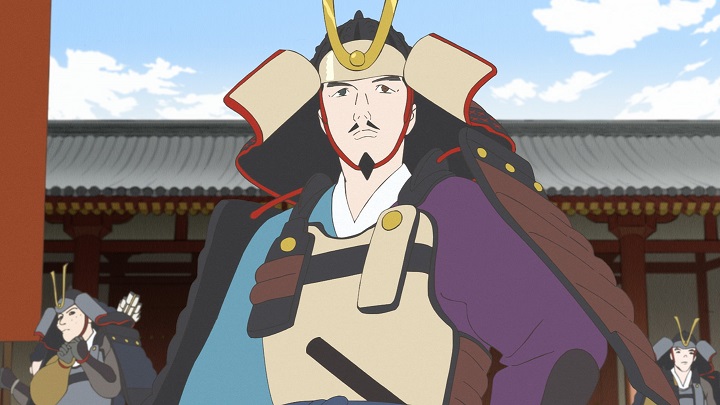
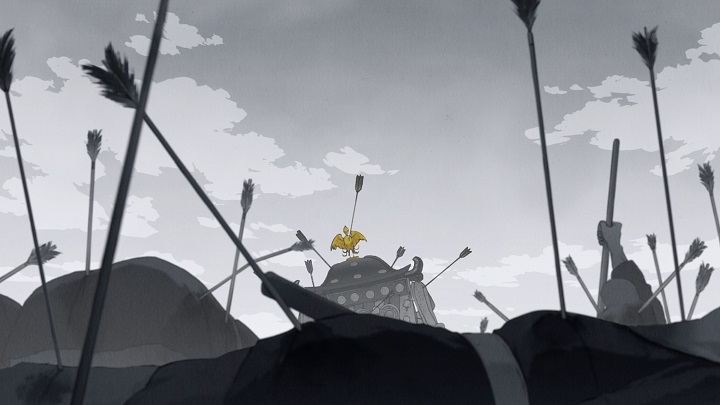
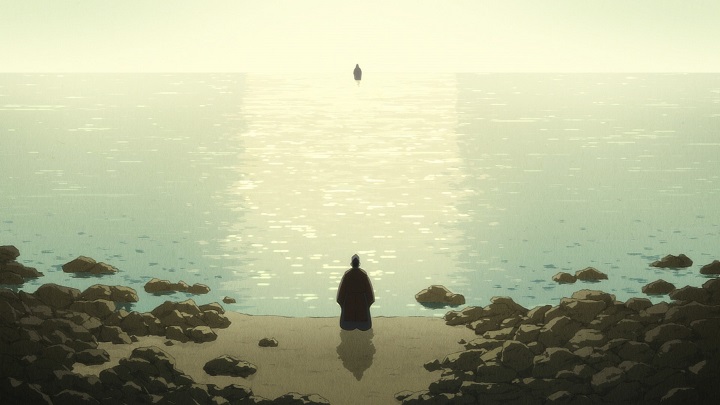
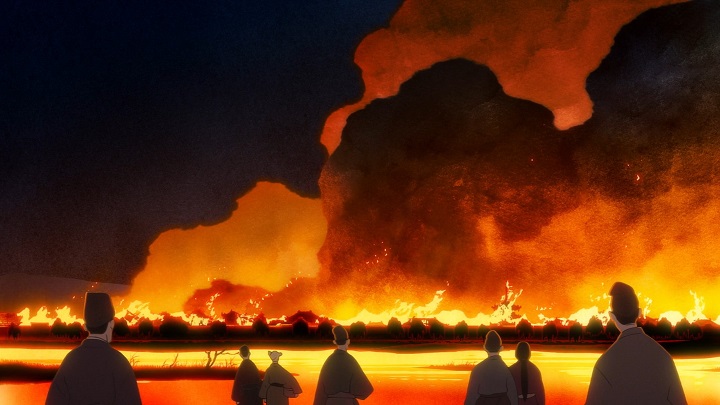
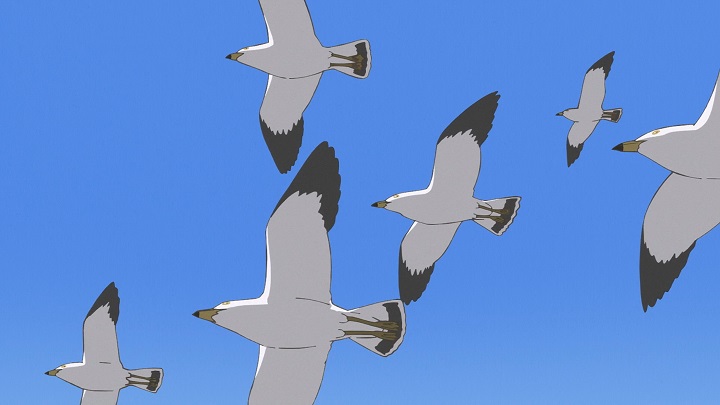
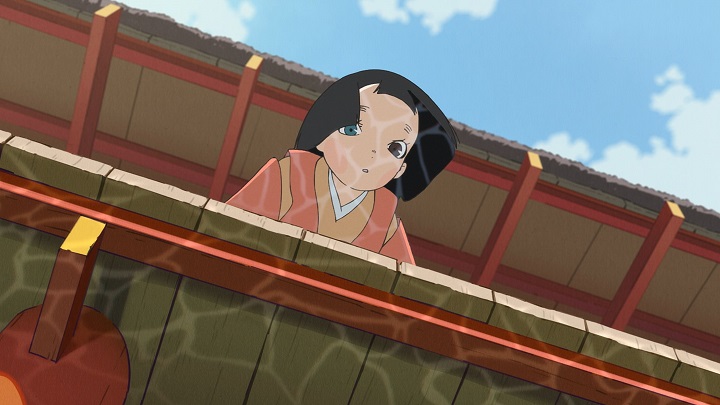
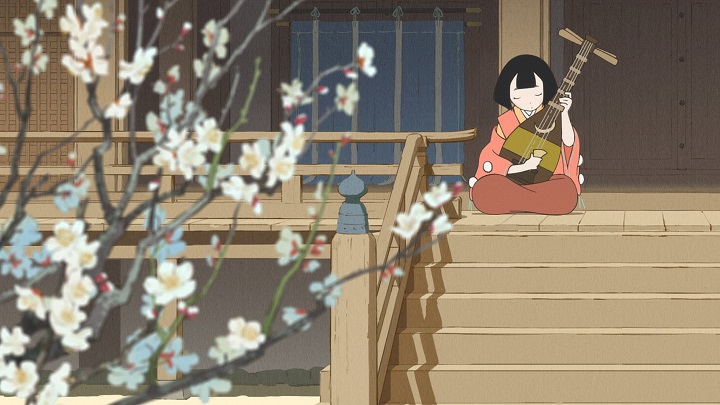
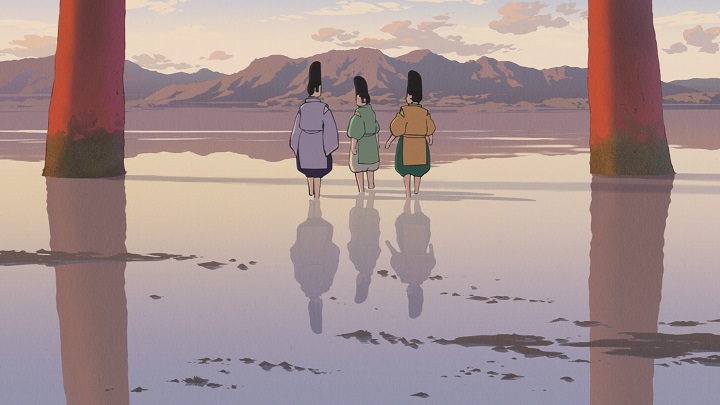
I have a question: What software do you use to take screenshots?
Definitely liked this episode as well. I feel bad for Tokuko.
I use the screencap function in mpv, which is my media player of choice. Then I upload them to our media gallery, where WordPress’s compression algorithm mangles them, and I become very sad.
“I think she and the albino lute priest from the series’ poetic cutaways are one and the same.”
You turned out to be absolutely right, because FUNimation posted some new images and info on their blog, basically confirming it outright: https://www.funimation.com/blog/2021/10/06/the-heike-story-reveals-funimation-commissioned-visual-new-art-of-biwa/?fbclid=IwAR3t28fohLYJO7ZfWZCuKQno-VPH6IvlpYf7omYrrxG19lkLEoutVWf8gFk&utm_source=facebook&utm_medium=org-social&utm_campaign=news&utm_content=heike-oct-6&sf152503189=1 The albino lute player is described as being Biwa’s “enlightened bard state.”